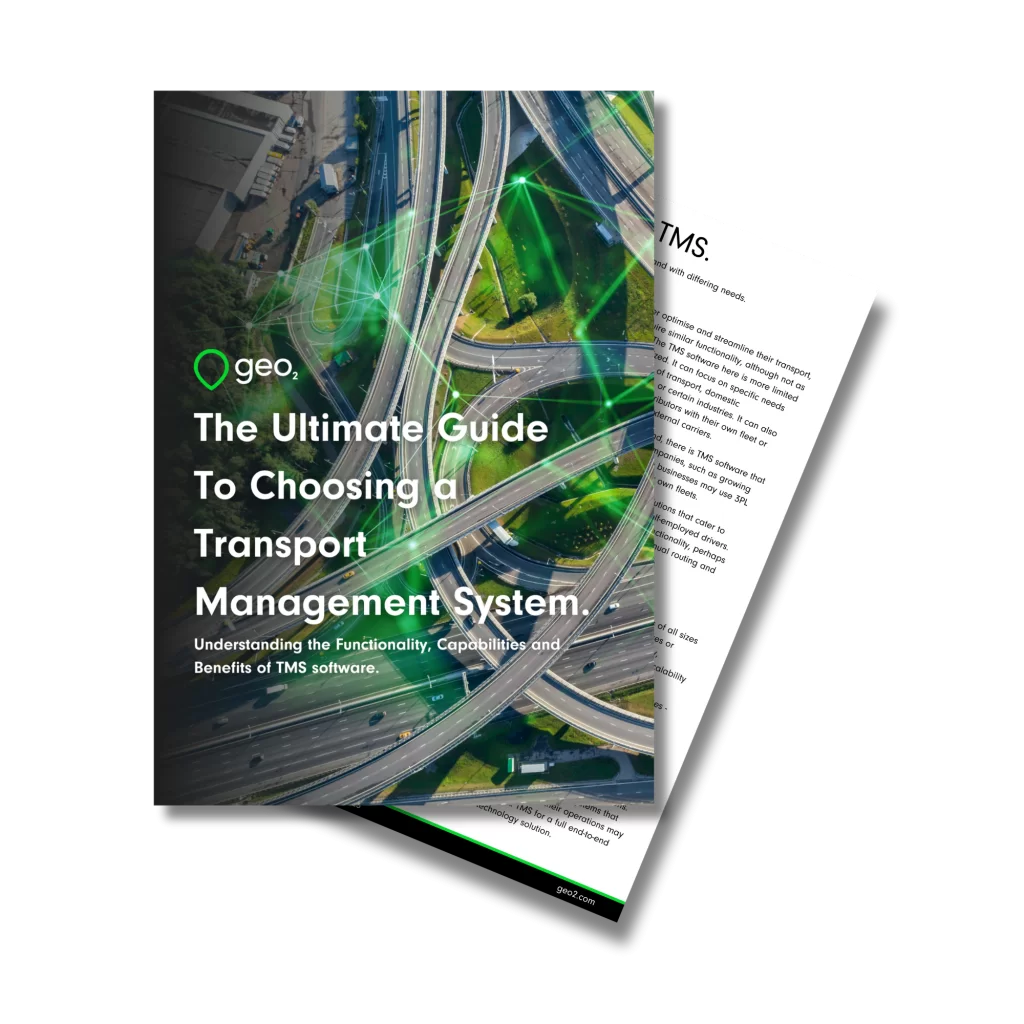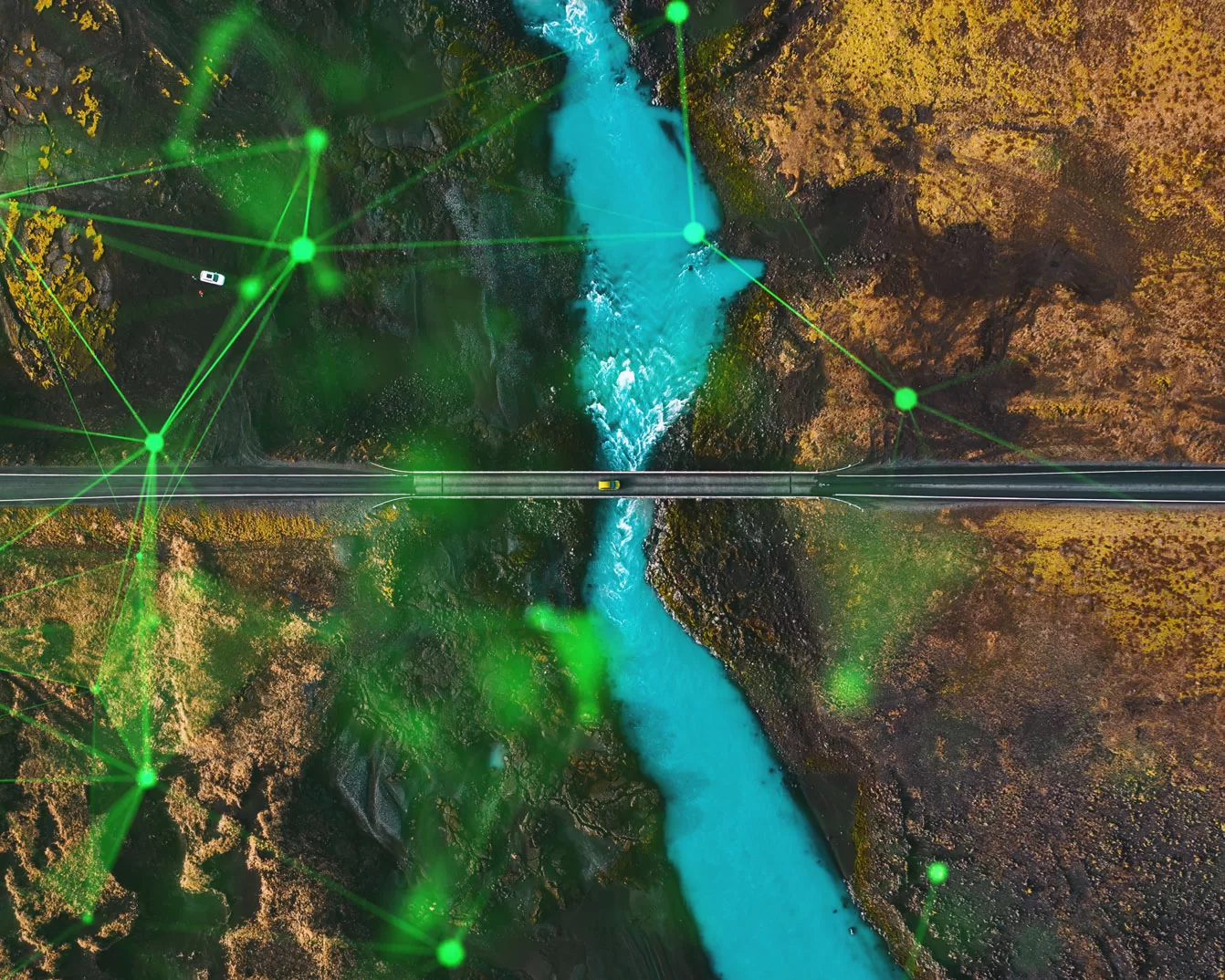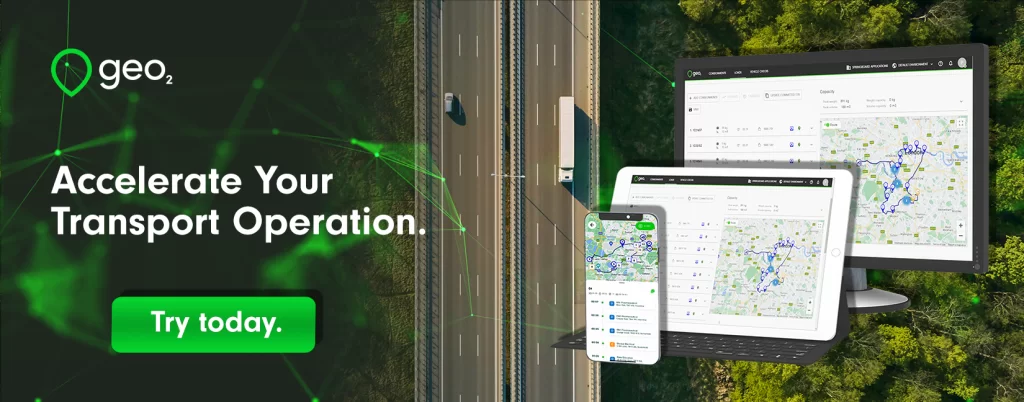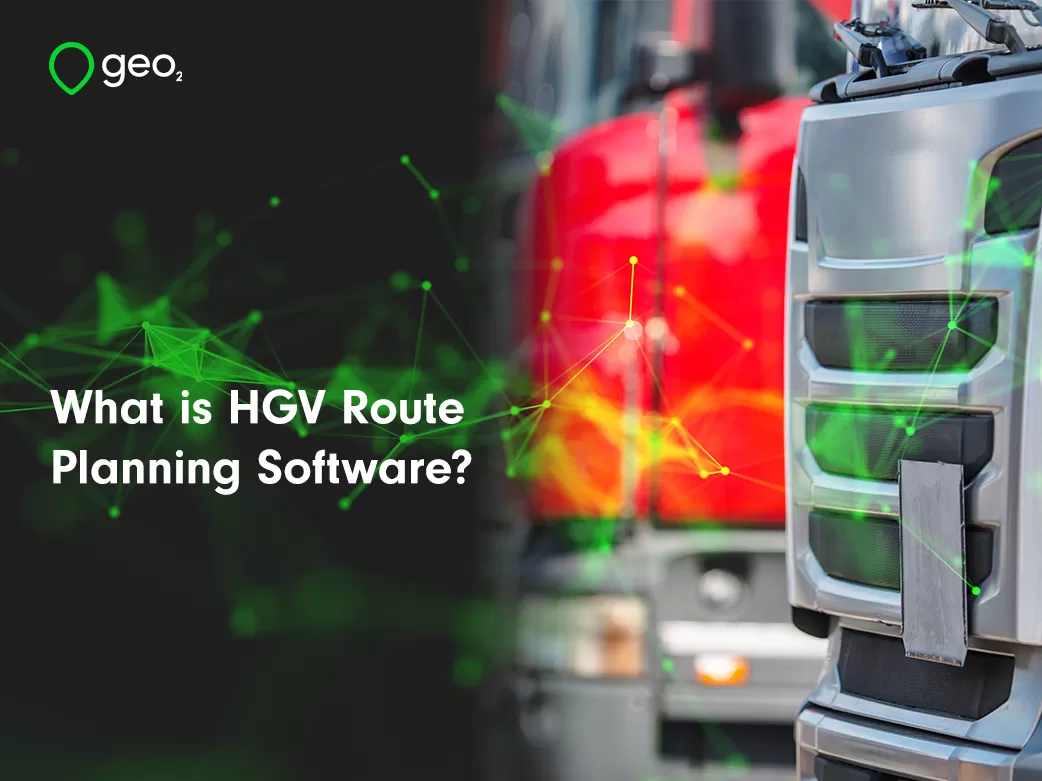What is Interstate Tracking?
A Complete Guide.
Introduction.
Interstate tracking is an increasingly integral part of our lives, whether we’re business owners optimizing our supply chains or just trying to make sure our loved ones arrive safely at their destinations. It’s a comprehensive system of monitoring and tracking the movement of goods, vehicles, and even people across state lines. It provides real-time data that can be used for enhanced logistics, security, and management. But what does “interstate tracking” really mean in the modern world, and how does it affect you?
In this comprehensive guide, we’ll explore the concept of interstate tracking, unpack its benefits across various domains, and look at the technology making it all possible. We’ll also identify how this technology is being used practically, what features to look for in an interstate tracking system, and what the future might hold for this essential function.
Need help choosing a TMS?
Download the Free Guide Now.

Table of Contents.
Interstate Tracking 101: Defining the Landscape.
Interstate tracking is much more than simple location monitoring. It’s a sophisticated, real-time system that enables stakeholders to trace the movement of their assets across the country. This includes anything from rental cars and delivery trucks to personal vehicles and wildlife. The data gathered provides a wealth of information that can be used to streamline operations, save on costs, and enhance overall efficiency.
The concept is not new, but the technology that drives it is constantly evolving, making it more accurate and accessible than ever before. For businesses, this means keeping closer tabs on high-value shipments and better managing fleets. For individuals, it can mean peace of mind when sending a package or ensuring the safety of loved ones on the road.

Table of Contents.
The Power of Interstate Tracking: Driving Benefits Across the Spectrum.
Businesses are increasingly turning to interstate tracking to gain a competitive edge. Real-time tracking can minimize theft, optimize delivery routes, and provide valuable data on asset utilization. For e-commerce giants, knowing the exact location of a package at any given time is gold. For small businesses, it can mean impressing customers with precise delivery windows.
In the public sector, interstate tracking can play a crucial role in emergency response systems, helping authorities coordinate efforts and deploy resources effectively. This level of visibility also benefits the consumer by providing updates on the status of their orders, improving customer satisfaction.

Under the Hood: How Interstate Tracking Systems Operate.
Several technologies work in tandem to make interstate tracking possible. Global Positioning Systems (GPS), Radio Frequency Identification (RFID), and cellular networks play key roles in ensuring that assets can be located with high precision. GPS provides the main location data, which is then transmitted via cellular networks or more localized RFID systems.
Battery life is a critical consideration in mobile units, so tracking devices have become more energy-efficient. Meanwhile, the data transmitted is safeguarded from interception, ensuring the integrity of the tracking system.
Real-world Applications of Interstate Tracking.
Interstate tracking has an incredible range of applications. In the logistics industry, it’s all about asset and fleet management, ensuring timely deliveries and cutting down on the costly effects of uncertainty in transit. For agriculture, tracking can help monitor the migration patterns of animals or oversee the distribution of products.
In personal use, tracking applications can improve safety. Roadside assistance services use tracking to locate stranded motorists. Emergency beacons can identify the location of a hiker in distress, often within feet. This life-saving capability extends to pets and wildlife, with conservationists using tracking to monitor endangered species.

What to Look For in an Interstate Tracking System.
If you’re in the market for an interstate tracking system, there are several key features to keep in mind. Accuracy and precision are paramount, but so is the ability to customize tracking parameters to suit different needs. Battery life and coverage are also critical, especially for long-distance tracking where recharging or network availability might be a concern.
The user interface and experience are often overlooked but are equally important. The best tracking systems provide intuitive tools for data visualization and reporting, so you can make sense of the vast amounts of location data you’re collecting.
The Road Ahead: Future Trends in Interstate Tracking.
Interstate tracking is undergoing a transformation as technology pushes the boundaries of what’s possible. With the emergence of 5G networks, even more, precise tracking and faster data transmission are on the horizon. The integration of artificial intelligence could mean that tracking systems become even more autonomous, requiring less manual input.
There are also ethical and privacy considerations to address as tracking becomes more pervasive. Finding the right balance between security and personal freedom will be a key challenge in the years to come.

In Conclusion: The Endless Possibilities of Interstate Tracking.
Interstate tracking is a powerful tool with the potential to revolutionize a wide range of industries. Whether it’s for asset management, security, or simple peace of mind, the ability to know the exact location of something at any given moment has a myriad of benefits.
Technology is making interstate tracking more accessible, accurate, and efficient. As we move into the future, the possibilities are endless. As you explore the world of interstate tracking, consider the wealth of opportunities it presents, and the responsibilities that come with it. With careful adoption and use, this tool can be a significant step forward in how we manage the movement of goods and people across different state lines and territories.






